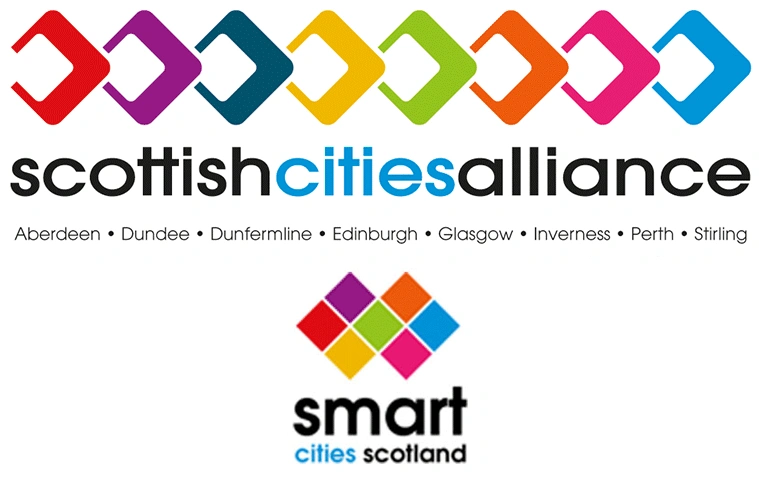
Transport infrastructure in Scotland’s cities is robust and continually improving. Scotland’s road network spans approximately 35,400 miles (56,959 km), with major road networks like the M8 connecting Glasgow and Edinburgh facilitating efficient travel and commerce. Rail connectivity is equally vital, with cities like Edinburgh and Glasgow serving as central hubs in the UK’s national rail network. The Caledonian Sleeper service, the overnight sleeper train service also provides a convenient connection between London and many of Scotland’s cities.
